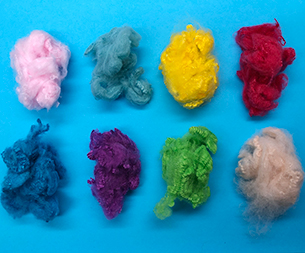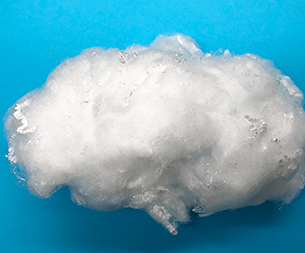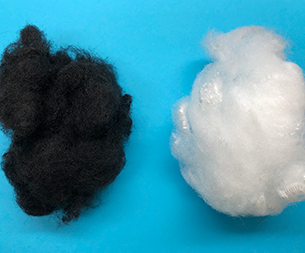With the temperature quietly rising, the textile market seems to have ushered in the usual off-season. However, behind this seemingly calm market, there is quietly brewing a fluctuation in the price of fabrics. How should textile enterprises cope with this challenge?
The rising price of fabrics
After in-depth market research, the fabrics with rising prices are mainly concentrated on 380T-420T specifications of nylon spinning. Mr. Wu, a senior figure in the fabric industry, revealed: "This specification of nylon spinning, the price per meter has risen by 2-3 cents, the increase is quite significant." In addition to nylon spinning, although the price of other specifications of the original cloth has also fluctuated, but on the whole, its increase is far less than that of nylon spinning.
Mr. Jiang, the head of another weaving company, also confirmed the trend: "Our T400 and T800 series products have also increased prices recently, but the increase is relatively small." This shows the diversity and complexity of the fabric market prices.
Fluctuations in raw material prices
When it comes to the reasons for the rise in fabric prices, many people first think of fluctuations in raw material prices. Since late May, polyester factories have increased the price of polyester filament, and the increase has lasted for more than a month. The price fluctuation of different specifications is between 500-700 yuan/ton, which undoubtedly brings cost pressure to fabric enterprises.
However, it is important to note that while rising raw material prices are a common phenomenon in the market, not all fabrics are equally affected. For example, the raw material for nylon spinning is nylon, and the price of nylon has not risen significantly recently. In addition, the price of gray fabrics made of large amounts of polyester filament has not fluctuated significantly. This shows that rising raw material prices are only a factor in rising fabric prices, not the only reason.
Coping strategies of textile enterprises
In the face of fluctuations in the fabric market, textile enterprises have shown different coping strategies. Some companies choose to purchase raw materials or fabrics in advance to lock in costs and reduce the impact of market fluctuations; Others maintain stable production and operation by maintaining a high operating rate; There are also enterprises that focus on product differentiation development and pursue higher profit margins.
In this ever-changing market, no one strategy is a one-size-fits-all. Only by finding a suitable development path can we be invincible in the fierce market competition.
Declaration: The content of this article is organized from the Internet, and the copyright belongs to the original author; If there is infringement, please inform in time and contact to delete.
- Jiangsu Haibang New Material Co.
- China's textile industry is at a
- Key Guide to Selecting Polypropy
- The impact of the Federal Reserv
- The core performance advantages
- China Textile Machinery: Driven
- The core applications of polypro
- Textile foreign trade has shifte
- How to choose the right polyprop
- Cross-border textile merchants a
- Markets
- Automotive Products
- Nonwoven Lining
- Geosynthetics
- Liquid Filtration
- Apparel and Textiles
- Hygiene Products
- Building and Construction
- Other Markets
- Contact Us
- Contact Haibang





